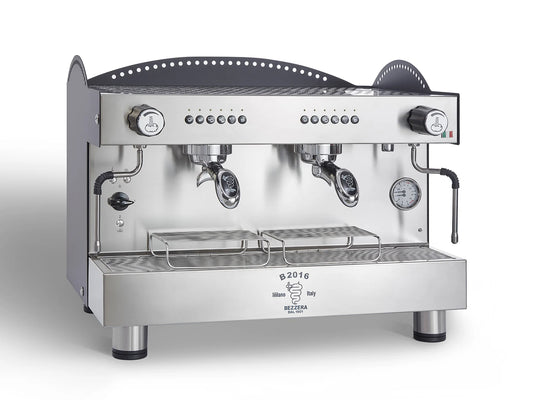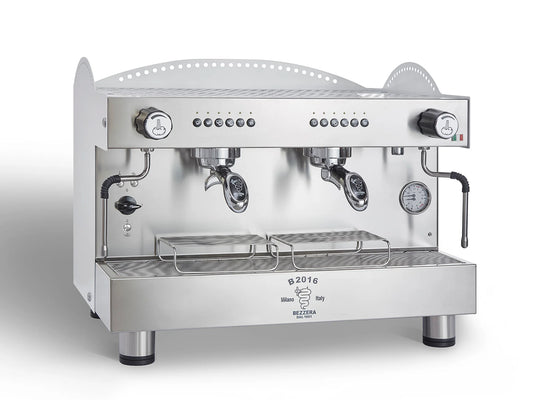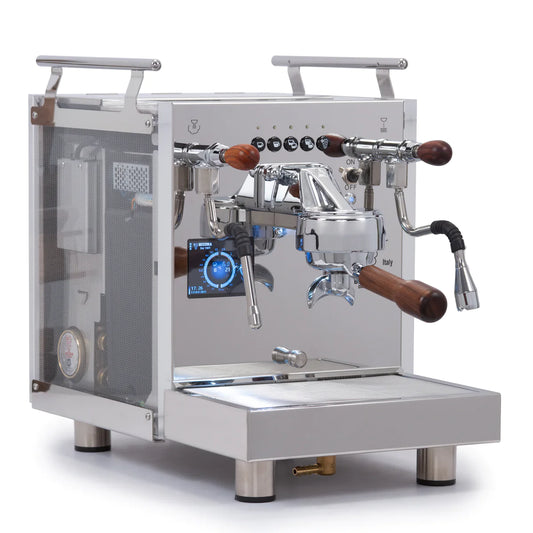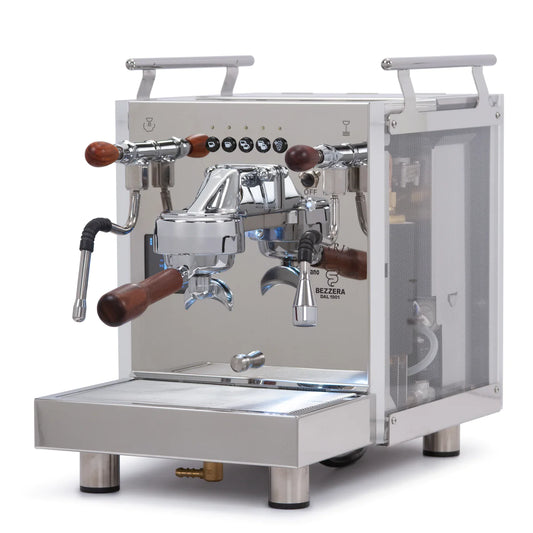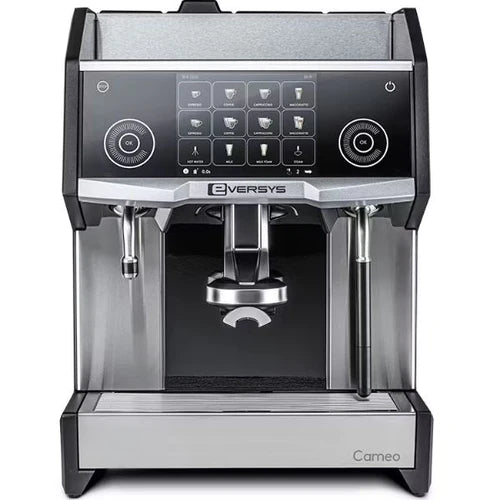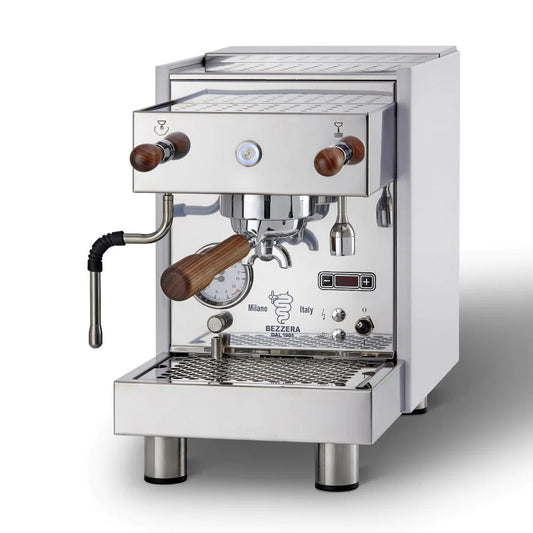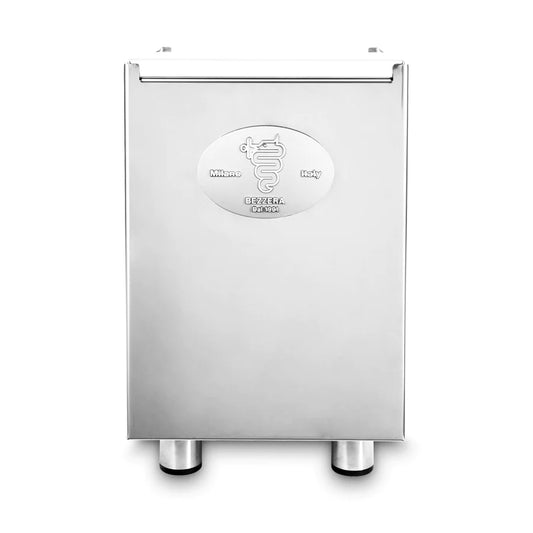Brewing Success: A Comprehensive Guide to Opening a Coffee Shop in the Philippines
Table of Contents
- Key Highlights:
- Introduction
- The Resurgence of Coffee Culture in the Philippines
- Understanding the Market Dynamics
- Choosing the Right Location
- Crafting a Unique Customer Experience
- Building a Reliable Supply Chain
- Navigating Myths and Misconceptions
- Strategies for Success in a Saturated Market
- Conclusion
Key Highlights:
- The coffee shop business in the Philippines is lucrative but faces challenges such as thin margins and high competition.
- Choosing the right location, understanding customer preferences, and maintaining a reliable supply chain are critical for success.
- Small coffee shop owners have unique advantages, such as agility and community engagement, which can help them thrive in a saturated market.
Introduction
Coffee has woven itself into the social and cultural fabric of the Philippines, transforming from a staple drink into a thriving industry. Despite its popularity, opening a coffee shop requires more than just a passion for brewing the perfect cup; it demands a solid business strategy, an understanding of customer preferences, and the ability to navigate an often challenging marketplace. As aspiring coffee entrepreneurs emerge, the journey from conception to operation can be both rewarding and daunting. This article delves into the essential elements of establishing a coffee shop in the Philippines, highlighting the factors that contribute to its success and the pitfalls to avoid.
The Resurgence of Coffee Culture in the Philippines
The Philippines has a rich coffee heritage, once ranking as the world's fourth-largest coffee producer in the 18th century. However, the industry faced significant setbacks, including a coffee rust epidemic in the 19th century, which severely impacted production. In recent decades, coffee culture has experienced a renaissance, fueled by dedicated farmers who have revived traditional varieties and embraced sustainable practices. This revival has resulted in a growing appreciation for local flavors and craft, leading to an increased demand for coffee shops.
The COVID-19 pandemic catalyzed a shift in consumer behavior, with Filipinos embracing home cafes and DIY coffee trends. This shift not only reflects a heightened interest in coffee but also a desire for community spaces where people can gather, study, or work. As coffee consumption rises, so does the opportunity for new entrants into the market.
Understanding the Market Dynamics
Entering the coffee shop business requires a nuanced understanding of the target market. Filipino consumers are generally forgiving and open to providing feedback, which can be advantageous for new business owners. Establishing a friendly and accommodating staff is crucial, as customer service can often make or break the experience.
Filipinos have distinct coffee preferences, often favoring sweeter, iced beverages to cope with the tropical climate. Thus, it is imperative for coffee shops to cater to these tastes while ensuring that the quality of coffee remains at the forefront of their offerings.
Choosing the Right Location
Location is a pivotal factor for any retail business, and coffee shops are no exception. A successful location combines foot traffic with the right demographic. According to Tuesday Angliongto of Pocofino, a well-considered location can significantly reduce operational challenges. The balance of being near competitors can also be strategic; they may indicate the viability of the market.
However, potential owners must avoid locations with exorbitant rent that could jeopardize profitability. Conducting thorough market research to understand the area's demographics and competition can inform better decisions.
Crafting a Unique Customer Experience
Creating a welcoming atmosphere is essential for attracting and retaining customers. Angliongto emphasizes the importance of training staff to create a friendly environment while balancing the need for efficiency. The coffee shop should serve as a bridge between home and work, providing a comfortable space for socializing and relaxation.
To further enhance the customer experience, coffee shops must focus on ambiance, product quality, and customer service. Offering a unique menu that includes a signature sweet iced coffee can appeal to local tastes while maintaining the integrity of the coffee itself.
Building a Reliable Supply Chain
The supply chain is the backbone of any coffee shop. Ensuring a consistent supply of quality ingredients is paramount. Angliongto suggests developing relationships with multiple suppliers to mitigate risks associated with fluctuations in availability and price.
Coffee beans should be chosen carefully, as they form the foundation of the shop's offerings. With the increasing costs of imported goods and uncertainties in local production, being proactive in sourcing and pricing strategies is crucial for maintaining profitability.
Navigating Myths and Misconceptions
Many aspiring coffee shop owners fall into the trap of comparing themselves to established chains. While larger coffee shops benefit from economies of scale and established supply chains, small businesses can leverage their agility and community focus to carve out a niche. Angliongto advises potential owners to view larger competitors as sources of inspiration rather than benchmarks for their operations.
Small coffee shops can position themselves as community hubs, creating an engaging space that fosters social interaction and collaboration. This unique identity can become a significant selling point in a competitive market.
Strategies for Success in a Saturated Market
To thrive in a crowded field, aspiring coffee shop owners must recognize that success requires hard work, business acumen, and a willingness to learn. Understanding industry standards and best practices can help new entrepreneurs position themselves effectively within the market.
Pricing strategies should reflect the quality and uniqueness of offerings while remaining competitive. Owners must be vigilant about costs, ensuring that they do not compromise quality for the sake of pricing.
Conclusion
Opening a coffee shop in the Philippines offers a unique blend of challenges and opportunities. A deep understanding of market dynamics, a focus on customer experience, and a commitment to quality can set a new coffee shop apart from the competition. By embracing the rich coffee culture of the Philippines and catering to local tastes, aspiring entrepreneurs can create a thriving business that captures the hearts and palates of coffee lovers across the nation.
FAQ
What are the key factors to consider when opening a coffee shop?
- Location, customer preferences, supply chain reliability, and staff training are critical factors for success.
How can I stand out in a competitive coffee shop market?
- Focusing on unique menu items, building a strong community presence, and providing exceptional customer service can help differentiate your coffee shop.
What are common mistakes new coffee shop owners make?
- Underestimating operational costs, neglecting supply chain management, and failing to understand customer preferences are common pitfalls.
How important is branding for a coffee shop?
- Strong branding helps establish identity, build customer loyalty, and differentiate your coffee shop in a crowded market.
How can I ensure a consistent supply of quality coffee beans?
- Develop relationships with multiple suppliers and regularly assess the quality and pricing of beans to maintain consistency in your offerings.

